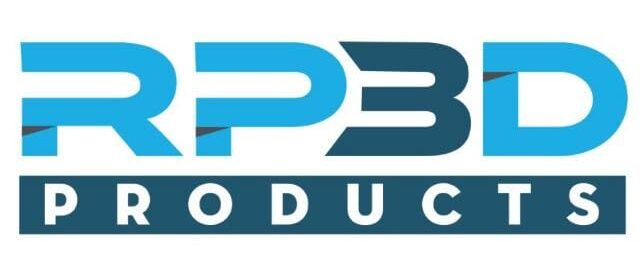FDM - Fused Deposition Modeling
Fused Deposition Modeling (FDM) is a swift and efficient 3D printing technology that smoothly iterates designs using thermoplastic materials. It’s cost-effective and is applied for making parts that require the formation and visual validation. What makes FDM a great option is the durability of the materials it uses, the stability of its mechanical properties in the long term and the quality at the core. They are suitable for fine and functional prototypes, lasting manufacturing tools and parts.
